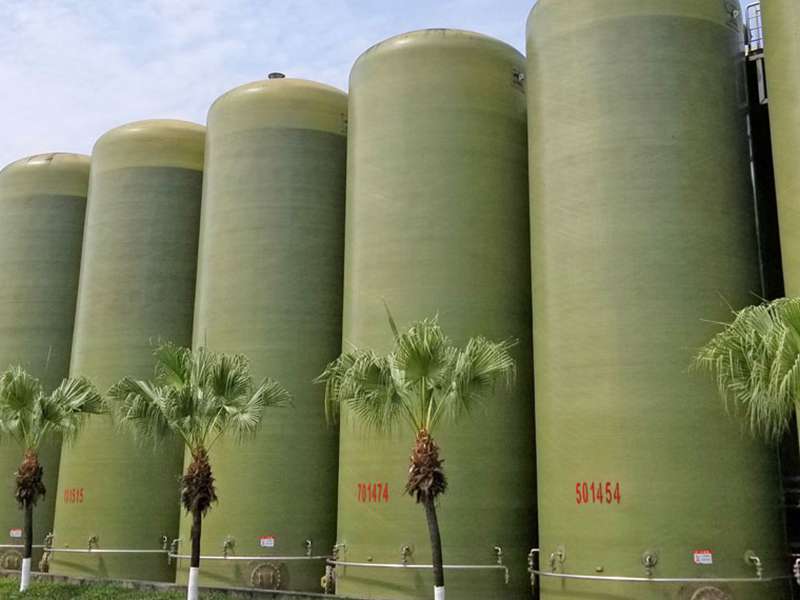
-
 Afrikaans
Afrikaans -
 Albanian
Albanian -
 Amharic
Amharic -
 Arabic
Arabic -
 Armenian
Armenian -
 Azerbaijani
Azerbaijani -
 Basque
Basque -
 Belarusian
Belarusian -
 Bengali
Bengali -
 Bosnian
Bosnian -
 Bulgarian
Bulgarian -
 Catalan
Catalan -
 Cebuano
Cebuano -
 China
China -
 China (Taiwan)
China (Taiwan) -
 Corsican
Corsican -
 Croatian
Croatian -
 Czech
Czech -
 Danish
Danish -
 Dutch
Dutch -
 English
English -
 Esperanto
Esperanto -
 Estonian
Estonian -
 Finnish
Finnish -
 French
French -
 Frisian
Frisian -
 Galician
Galician -
 Georgian
Georgian -
 German
German -
 Greek
Greek -
 Gujarati
Gujarati -
 Haitian Creole
Haitian Creole -
 hausa
hausa -
 hawaiian
hawaiian -
 Hebrew
Hebrew -
 Hindi
Hindi -
 Miao
Miao -
 Hungarian
Hungarian -
 Icelandic
Icelandic -
 igbo
igbo -
 Indonesian
Indonesian -
 irish
irish -
 Italian
Italian -
 Japanese
Japanese -
 Javanese
Javanese -
 Kannada
Kannada -
 kazakh
kazakh -
 Khmer
Khmer -
 Rwandese
Rwandese -
 Korean
Korean -
 Kurdish
Kurdish -
 Kyrgyz
Kyrgyz -
 Lao
Lao -
 Latin
Latin -
 Latvian
Latvian -
 Lithuanian
Lithuanian -
 Luxembourgish
Luxembourgish -
 Macedonian
Macedonian -
 Malgashi
Malgashi -
 Malay
Malay -
 Malayalam
Malayalam -
 Maltese
Maltese -
 Maori
Maori -
 Marathi
Marathi -
 Mongolian
Mongolian -
 Myanmar
Myanmar -
 Nepali
Nepali -
 Norwegian
Norwegian -
 Norwegian
Norwegian -
 Occitan
Occitan -
 Pashto
Pashto -
 Persian
Persian -
 Polish
Polish -
 Portuguese
Portuguese -
 Punjabi
Punjabi -
 Romanian
Romanian -
 Russian
Russian -
 Samoan
Samoan -
 Scottish Gaelic
Scottish Gaelic -
 Serbian
Serbian -
 Sesotho
Sesotho -
 Shona
Shona -
 Sindhi
Sindhi -
 Sinhala
Sinhala -
 Slovak
Slovak -
 Slovenian
Slovenian -
 Somali
Somali -
 Spanish
Spanish -
 Sundanese
Sundanese -
 Swahili
Swahili -
 Swedish
Swedish -
 Tagalog
Tagalog -
 Tajik
Tajik -
 Tamil
Tamil -
 Tatar
Tatar -
 Telugu
Telugu -
 Thai
Thai -
 Turkish
Turkish -
 Turkmen
Turkmen -
 Ukrainian
Ukrainian -
 Urdu
Urdu -
 Uighur
Uighur -
 Uzbek
Uzbek -
 Vietnamese
Vietnamese -
 Welsh
Welsh -
 Bantu
Bantu -
 Yiddish
Yiddish -
 Yoruba
Yoruba -
 Zulu
Zulu
frp chimney proves to be durable and efficient.
The Durability and Efficiency of FRP Chimneys
In the modern era, industries are continually seeking innovative materials that enhance performance while reducing maintenance costs. One such breakthrough in construction technology is the introduction of Fiber Reinforced Polymer (FRP) chimneys. These structures have garnered attention for their exceptional durability and efficiency, positioning themselves as a reliable choice for a variety of industrial applications.
Understanding FRP Chimneys
Fiber Reinforced Polymer is a composite material made by combining a polymer matrix with fibers of glass, carbon, or aramid. This combination results in a lightweight, robust material that boasts an impressive strength-to-weight ratio. When used in chimney construction, FRP provides significant advantages over traditional materials like concrete, steel, or brick, particularly in environments where corrosive emissions are prevalent.
Durability Withstanding the Test of Time
One of the most significant benefits of FRP chimneys is their remarkable durability. Traditional chimneys are often susceptible to deterioration due to environmental factors, including moisture, chemicals, and temperature fluctuations. In contrast, FRP chimneys are resistant to corrosion, which extends their lifespan significantly. The polymer matrix protects the embedded fibers, ensuring that the structure maintains its integrity even in harsh industrial settings.
Moreover, FRP chimneys are designed to withstand extreme weather conditions, including high winds and heavy snowfall. Their lightweight nature reduces the load on supporting structures, which is particularly beneficial in regions prone to seismic activity. By avoiding the vulnerabilities associated with heavier materials, FRP chimneys contribute to overall structural safety and longevity.
Efficiency Cost-Effective Solutions
frp chimney proves to be durable and efficient.

Efficiency is another critical attribute of FRP chimneys. The composite nature of FRP means that manufacturers can design chimneys with optimal aerodynamic properties, reducing drag and improving exhaust flow. This enhanced efficiency translates to lower energy costs for industries, as less energy is expended to move hot gases through the system.
Additionally, the installation of FRP chimneys is generally quicker and more straightforward than traditional options. Their lightweight characteristics enable easier handling, reducing labor costs and construction time. Once in place, these chimneys require minimal maintenance, minimizing downtime and ensuring uninterrupted operation for industries that rely heavily on efficient ventilation systems.
Environmental Considerations
As industries become increasingly aware of their environmental impact, the sustainability of building materials has come to the forefront of decision-making. FRP chimneys are often considered a greener option, as they can be made from recycled materials and are fully recyclable at the end of their lifespan. By choosing FRP, industries can align their operations with sustainable practices, contributing to a reduced carbon footprint.
Furthermore, the resistance to chemical degradation means that FRP chimneys can effectively handle a broader range of emissions without compromising their functionality. This versatility allows industrial facilities to adapt to stringent environmental regulations without the need for frequent replacements or upgrades.
Conclusion
In conclusion, the adoption of Fiber Reinforced Polymer chimneys represents a paradigm shift in industrial ventilation systems. Their exceptional durability and efficiency make them a preferred choice for numerous applications, from power plants to manufacturing facilities. As industries continue to prioritize performance, sustainability, and cost-effectiveness, FRP chimneys stand out as a modern solution that meets these demands. The proven longevity of FRP combined with its minimal maintenance requirements ensures that companies can rely on these structures for years to come, safeguarding investments while promoting a cleaner, more efficient industrial landscape.
Latest news
-
High-Quality Fiberglass Car Bodies Durable GRP Car & Boat Body SolutionsNewsJul.08,2025
-
High-Quality Fiberglass Dual Lamination Product Manufacturer Durable FRP & GRP Dual Lamination SolutionsNewsJul.08,2025
-
Rectangular Tank with Dimensions for GRP Calculation Custom Fiberglass GRP Rectangular TanksNewsJul.07,2025
-
High-Quality Fiberglass Weir Custom FRP Weir & Fiberglass Tanks ManufacturerNewsJul.07,2025
-
CPVC FRP Pipe A Reliable Choice for Industrial Applications High Strength & Corrosion ResistanceNewsJul.07,2025
-
Fiberglass Scrubber for Effective Cleaning and Stain Removal – Superior Performance in Various ApplicationsNewsJul.06,2025









